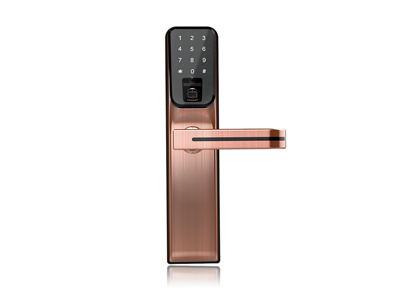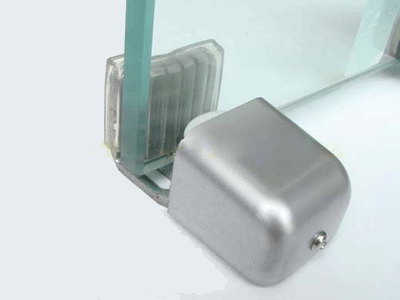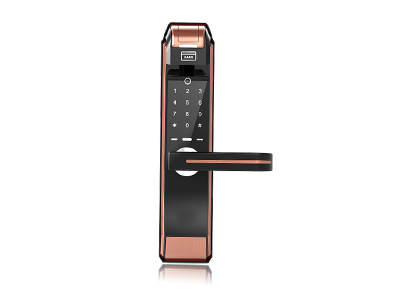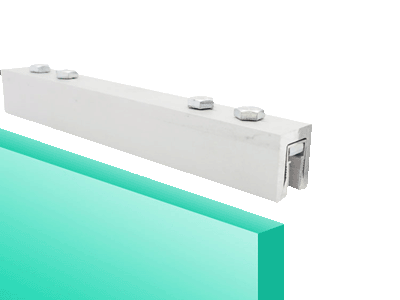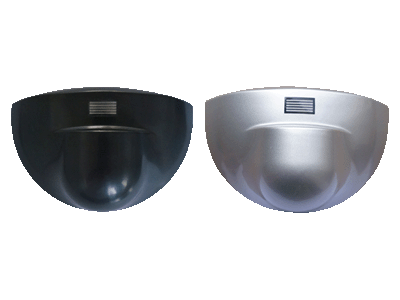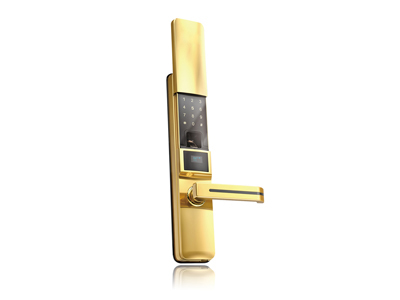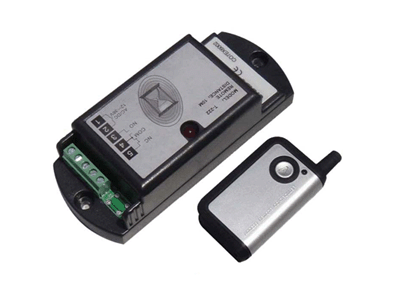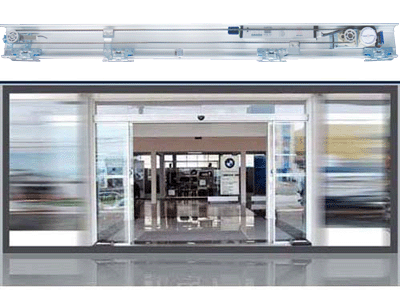1. The earliest, fingerprint identification system the application of the criminal suspect and the police detection, has a history of more than 30 years, for the fingerprint identification laid a good technical basis for research and practice. In particular, the current fingerprint identification system has reached the stage of convenient operation, accurate and reliable, moderate price, and is gradually applied to the civil market.
2. Fingerprint comparison algorithm (including fingerprint image processing, feature extraction, comparison and matching)
In the aspect of fingerprint comparison algorithm, there are two main concepts, verification and identification. Verification is what we call the 1:1 algorithm, and identification is the 1:n algorithm. At the same time, there are two important parameter error recognition rate and rejection rate for fingerprint comparison algorithm.
2.1 validation
Verification is the process of one-to-one matching of a field fingerprint with a registered fingerprint to confirm identity. As a prerequisite for verification, his or her fingerprints must be registered in the fingerprint database. A fingerprint is stored in a compressed format and is associated with its name or identity (ID, PIN). Then, in the comparison site, the identification was verified first, and then the system's fingerprint was compared with the one collected on the spot to prove that the identification was legal. The test actually answers the question, "is he the person he calls himself?" This is the more commonly used approach in application systems.
2.2
Identification is to compare the collected fingerprints with those in the fingerprint database one by one and find out the matching fingerprints. This is also called "one-to-many matching". The test actually answers the question, "who is he?" Identification is mainly used in the traditional field of criminal fingerprint matching. The fingerprints of an unidentified person are compared with those of someone with a criminal record in the fingerprint database to determine if the person has ever had a criminal record.
2.3 error rate and rejection rate
Because the computer only involves some limited information about the fingerprint when processing fingerprint, and the comparison algorithm is not accurate matching, the result cannot guarantee 100% accuracy. An important measure of a particular application of a fingerprint recognition system is the recognition rate. It is mainly composed of two parts, the rate of rejection (FRR) and the rate of misunderstanding (FAR). We can adjust these two values for different purposes. FRR is inversely proportional to FAR. Express this number in terms of 0-1.0 or percentages.


